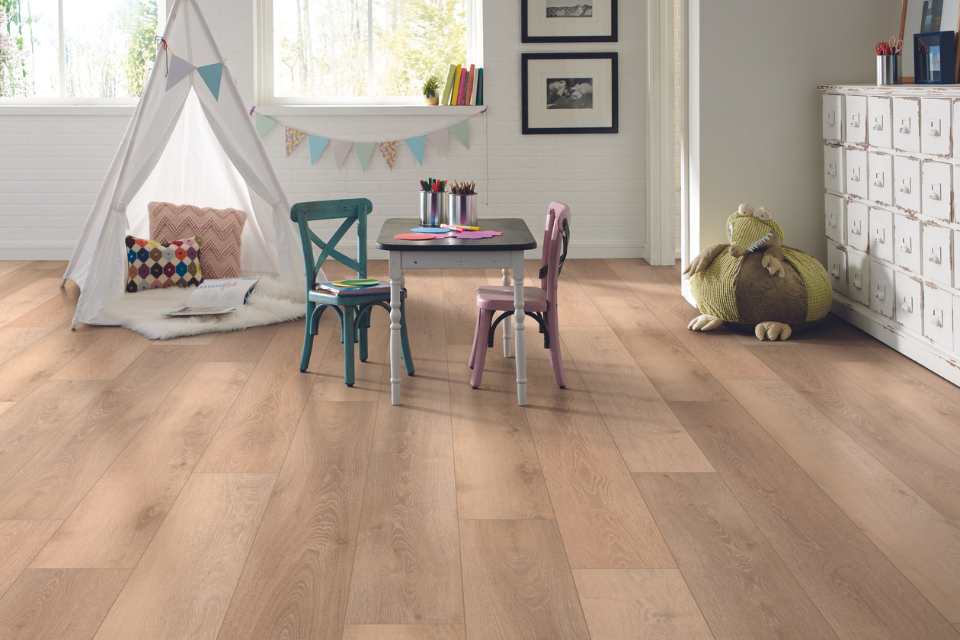
As you begin envisioning your dream home or renovation project, your floor takes centre stage. The floor influences the overall aesthetic and functionality of your space, and it's crucial to choose the right one. While all options have their merits, laminate and vinyl flooring stand out for their durability, aesthetic appeal, and affordability. At Flooring Canada, we strive to empower you with knowledge to make an informed decision about your flooring needs.
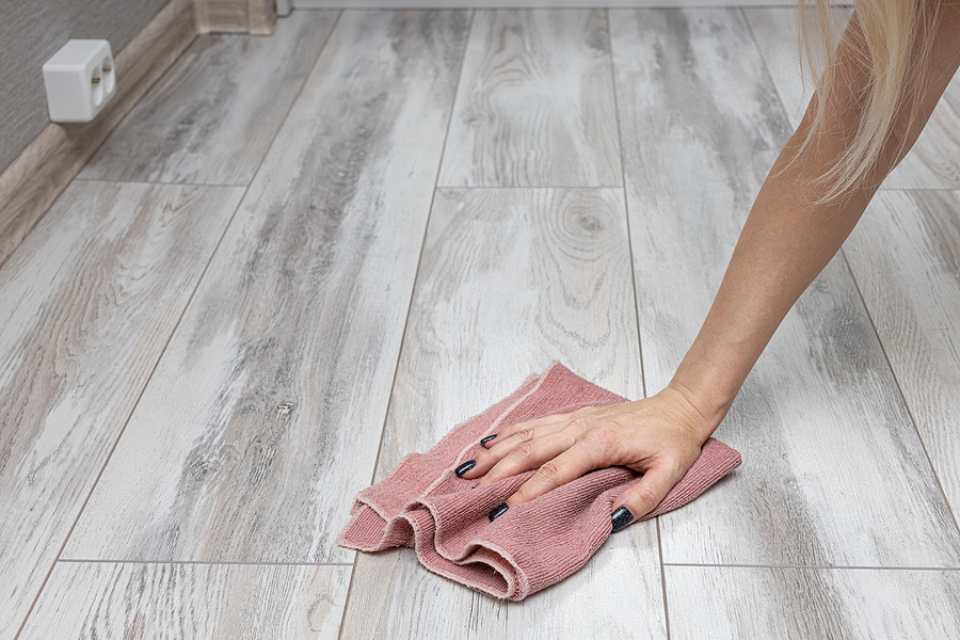
First, let's start with the basics. What is laminate flooring? Laminate flooring is a multi-layered synthetic product fused together through lamination. Its visual layer typically replicates the look of natural wood or stone, while the core layer provides stability and water resistance. Perfect for households that appreciate the elegance of hardwood or stone but prefer less maintenance, laminate flooring brings a versatile aesthetic to any room.
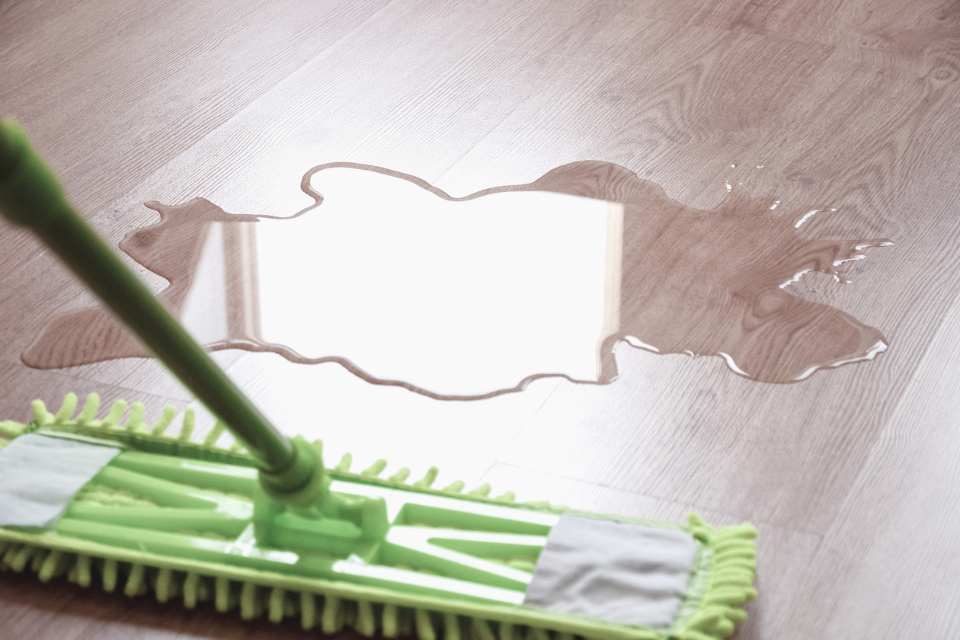
As for vinyl floor, it is a resilient, versatile option made from a combination of natural and synthetic materials. Its layers consist of a backing, a design layer, a wear layer, and a topcoat, providing a cushiony underfoot feel. With its exceptional resistance to moisture, fading, and scratches, vinyl flooring is ideal for high-traffic areas and moisture-prone rooms such as bathrooms and kitchens.
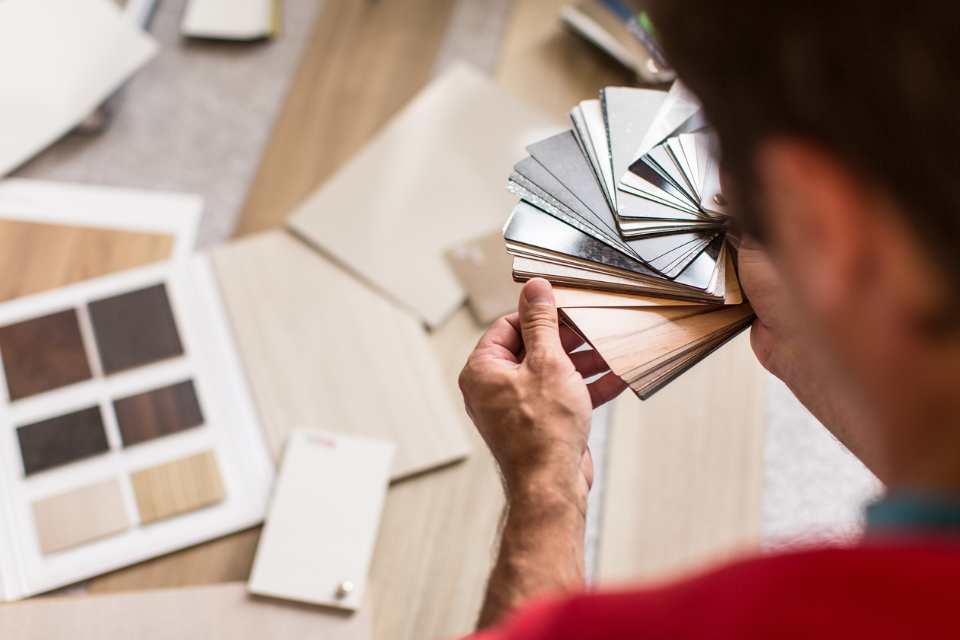
When comparing laminate and vinyl, there are several factors that you'll want to consider. Laminate flooring offers a denser feel, realistic visuals, and great resistance to wear and tear. However, it's less resistant to moisture than vinyl. Its installation might also be more challenging since most laminate products require a subfloor.
Vinyl flooring, on the other hand, excels in water resistance, making it suitable for damp areas. Installation is relatively easier and can be done over existing floors. However, it might be more prone to dents and scratches.
The choice between laminate and vinyl boils down to your specific needs, preferences, and the space's purpose. Laminate flooring is offered in a wide range of styles and looks from wood-look to tile-look. Whether you're looking for the timeless charm of hardwood or the sleek sophistication of tile, laminate has endless style possibilities to suit every design and space. Laminate is your go-to for living rooms, bedrooms, and commercial applications, thanks to its luxurious look and practical benefits.
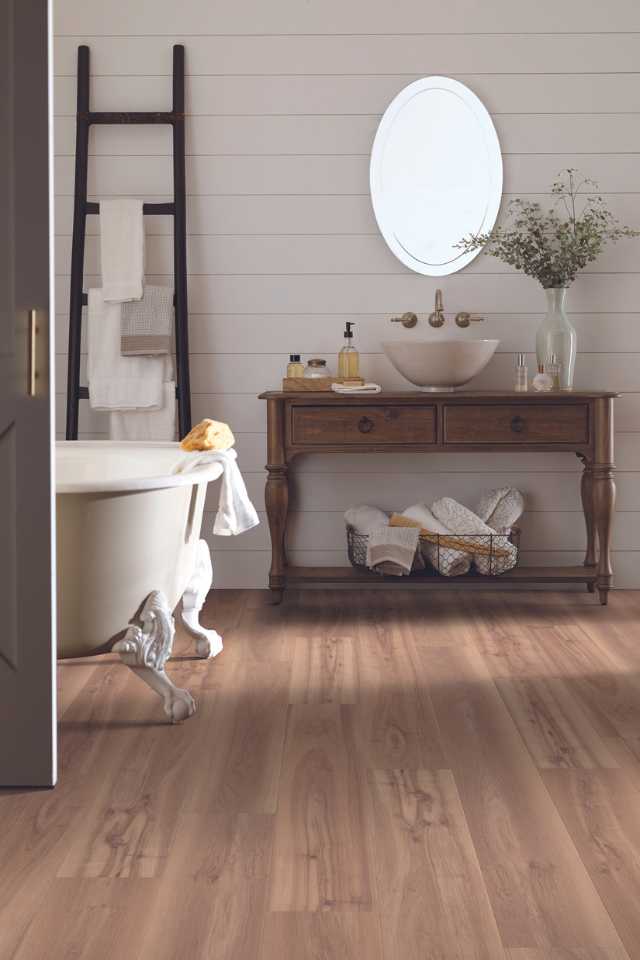
When it comes to selecting flooring for moisture-prone areas like bathrooms and kitchens, or bustling spaces with heavy foot traffic, vinyl flooring emerges as a top contender. Its exceptional water resistance and durability make it an ideal choice for environments where spills, splashes, and constant activity are common occurrences. Whether you're envisioning the warmth of authentic wood-look planks or the timeless elegance of natural stone-look tiles, vinyl flooring offers a diverse range of styles to complement any design aesthetic. With its ability to closely mimic the look and texture of natural materials, vinyl provides the perfect blend of aesthetic appeal and practical functionality, making it a versatile and reliable flooring solution for your home or business.
It's true that laminate floors have their strengths—not only are they easy on the budget, but they're also scratch and fade-resistant. But, that doesn't mean that laminate floors don't also have their fallbacks. Let's explore their pros and cons below.
Pros of laminate flooring:
Scratch-resistant
Durable and long-lasting
Easy to clean and maintain
Budget-friendly option compared to hardwood or stone
Resistant to fading from sunlight exposure
Installation can be relatively quick and straightforward
Cons to a laminate floor may include:
Susceptible to moisture: Laminate flooring isn't entirely waterproof, except for a few standout laminate products. While it does have some water resistance, excessive moisture exposure can lead to warping or swelling in laminate floors.
Limited durability: Laminate is not as resistant to dents and scratches as other flooring options like hardwood or luxury vinyl.
Sound concerns: Laminate can sometimes produce a hollow or noisy sound when walked on if not properly installed or if there's a lack of underlayment, so be sure to consult your Flooring Canada professional for expert installation to prevent any sound issues.
Authenticity: While laminate flooring can be indistinguishable from hardwood flooring, it doesn't have the same home value as authentic hardwood floors.
Vinyl flooring presents an array of options, including sheet vinyl, vinyl plank, or vinyl tile, each with its own distinct advantages. While vinyl flooring offers supreme water resistance, it can be more vulnerable to scratches. Explore the pros and cons of this flooring option below.
Vinyl flooring pros are:
Unparalleled water resistance
Durable and long-lasting
Easy maintenance
Quick and easy installation
Stain-resistant
Fade-resistant
Generally dent-resistant and impact-resistant
Cons to vinyl floors may include:
Susceptible to sharp objects: While vinyl flooring is generally durable, it can be susceptible to damage from sharp objects, such as heavy furniture legs or dropped items. Sharp heels or pet claws can also cause scratches, so look for pet-proof or kid-friendly products.
Temperature sensitivity: Some vinyl products can be sensitive to extreme temperatures. In very cold conditions, it might become rigid, potentially leading to cracking. In high-temperature environments, the material may soften or become pliable.
Environmental impact: Some vinyl flooring products may release volatile organic compounds (VOCs) into the air, contributing to indoor air pollution. Our luxury vinyl catalog offers low-VOC options to help mitigate this concern. Vinyl is also not a biodegradable material, so look for recycling programs for vinyl floors.
Authenticity: While vinyl flooring can closely mimic the look of hardwood, some homeowners may still prefer the authenticity and natural feel of real hardwood.
Choosing the right flooring for your project involves careful consideration of various factors to ensure it meets your needs and preferences. Firstly, consider the specific room where the flooring will be installed. For moisture-prone areas like bathrooms or kitchens, waterproof options like vinyl or tile may be ideal. Next, evaluate your lifestyle factors such as the presence of pets, children, or heavy foot traffic, which may require durable and scratch-resistant flooring like laminate.
Additionally, assess your budget constraints and explore cost-effective options that still offer durability and aesthetic appeal, such as luxury vinyl or laminate flooring. By taking into account room considerations, lifestyle factors, and budget constraints, you can make an informed decision on the right flooring type that suits your project's requirements and enhances your space's functionality and design.
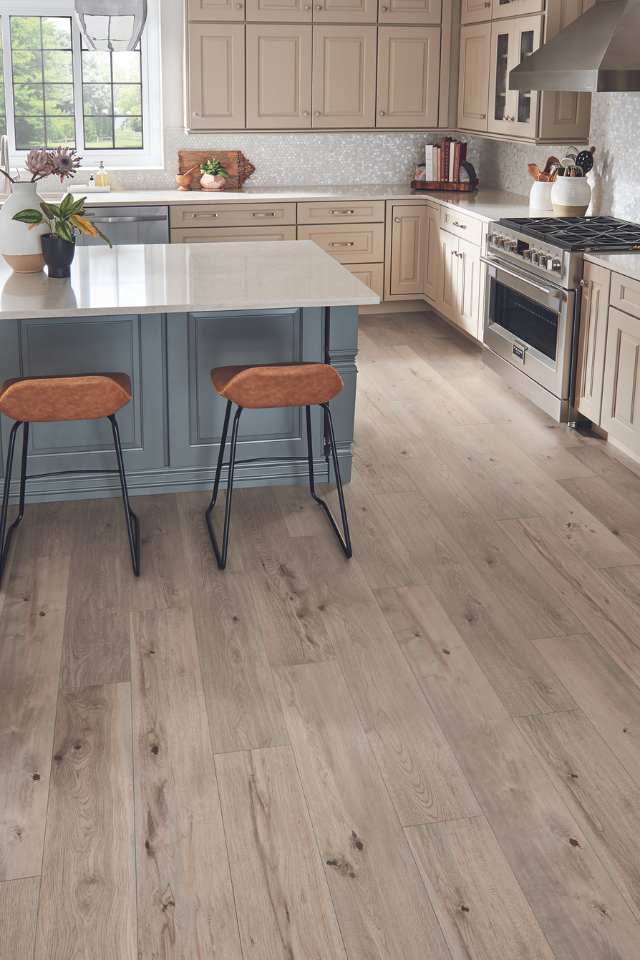
Selecting the right flooring material can be a daunting task, but with knowledge about your options, you're empowered to make the best decision. Laminate and vinyl flooring both offer unique advantages, and considering your specific needs will help you choose the best option. Remember, the perfect floor is not just about appearance but also functionality and longevity.
We are here to equip and assist you every step of the way. Make your informed choice with Flooring Canada by shopping our catalog to find the perfect laminate or vinyl flooring and get a free estimate today! Plus, you can order samples to compare the look and feel of each directly in your home.
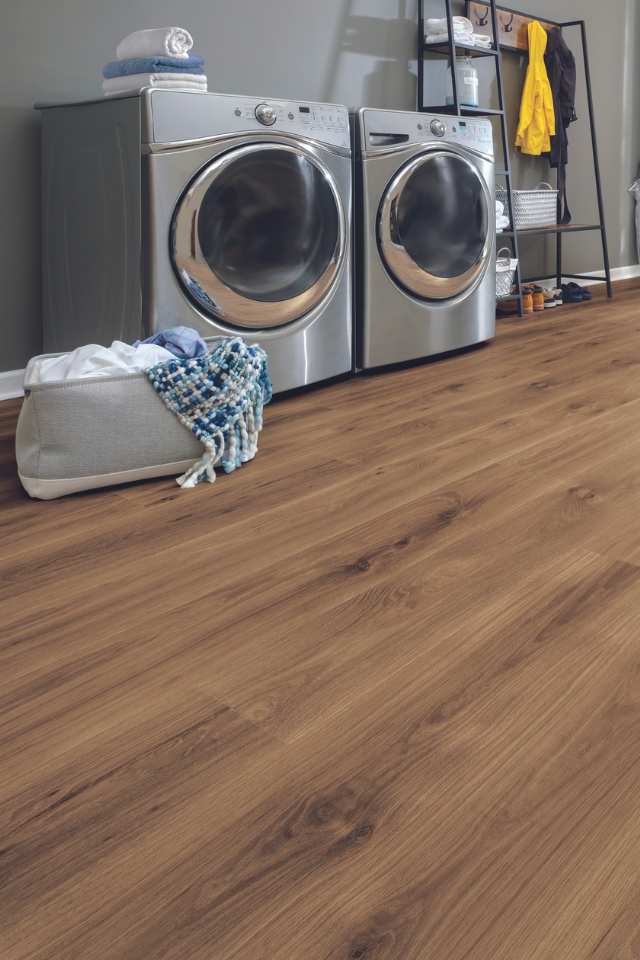
Explore the most commonly asked questions and dive deeper into the world of laminate vs vinyl flooring.
How Do Installation Methods Differ Between Laminate and Vinyl Flooring?
Unlike engineered hardwood and solid hardwood floors, vinyl and laminate flooring are easy to install and even easier to maintain. For instance, many luxury vinyl planks simply click together over a subfloor to lock out moisture and protect against stains and water damage.
Installing laminate flooring is also fairly simple due as most products often have a click-and-lock or tongue-and-groove installation system. This simplifies the process and allows for a floating floor installation without the need for adhesives.
Even though both of these installation processes might seem easy, we highly recommend using our Flooring Canada professional installation team to ensure that no mistakes are made and that the integrity of the product remains in line with the warranty.
What Is the Price Range for Laminate and Vinyl Flooring?
Both laminate and vinyl flooring are great options for those seeking beautiful new floors on a budget; however, laminate floors tend to be more affordable than vinyl floors and are typically less expensive than luxury vinyl options.
Are There Differences in Maintenance and Cleaning Requirements?
Luxury vinyl flooring stands out for its ease of maintenance, as it is resistant to moisture, spills, and stains. This quality makes cleaning a breeze, requiring simple routine maintenance like sweeping and mopping to keep it looking pristine.
Keeping your laminate flooring looking its best involves easy cleaning routines. Regular sweeping or vacuuming with a soft brush attachment helps remove dirt and debris. Damp mopping using a well-wrung mop and a mild, laminate-friendly cleaner ensures a thorough clean without exposing the flooring to excessive moisture.
Which Flooring Option Is More Scratch-Resistant?
Of the two flooring options, laminate is often more scratch-resistant than vinyl. However both laminate and vinyl have their strengths when it comes to scratch resistance, making either an excellent choice for pet owners or those concerned about wear and tear. Laminate flooring typically features a tough, transparent wear layer that helps protect against scratches and dents, making it a reliable option for high-traffic areas. On the other hand, vinyl flooring, especially luxury vinyl, boasts exceptional scratch resistance due to its resilient construction and protective top layer. Ultimately, the best choice depends on factors like budget, style preferences, and specific needs.